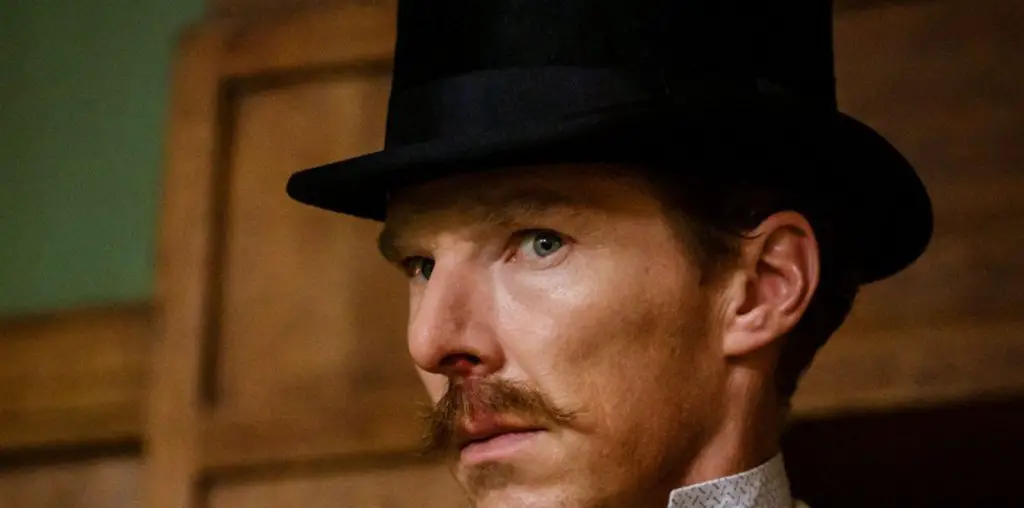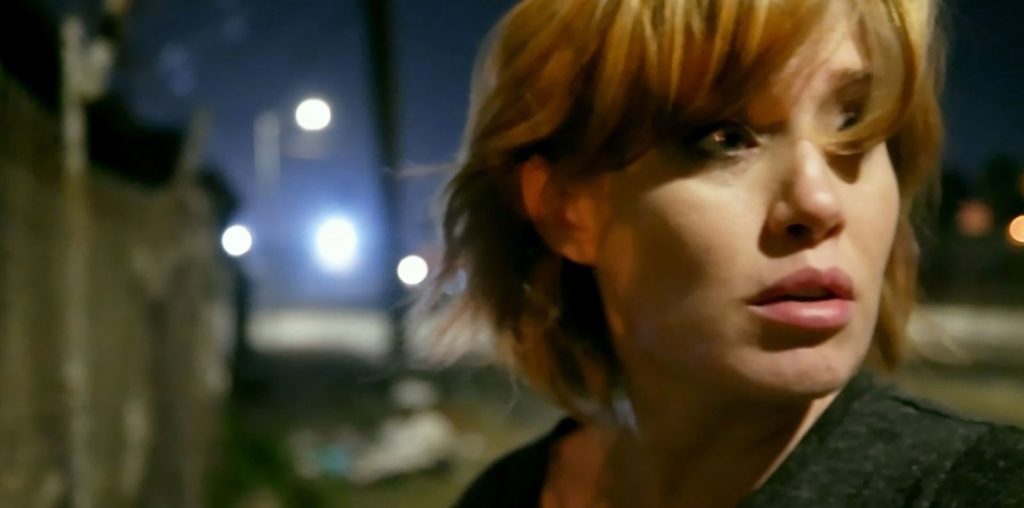
I had forgotten film could possess such power to horrify and appall. I wasn’t prepared for the spectre of so many beings robbed of humanity and intelligence. I can’t believe anyone voluntarily sat through Charlie’s Angels: Full Throttle.
Luckily I didn’t have to. I just found myself with a few minutes to kill prior to the showtime for Danny (“Trainspotting”) Boyle’s new thriller and thought I’d see what everyone on the TV talk shows had been talking about all week. The horror. I couldn’t have been gladder to get out of there if a blood-lusting zombie had been one step behind me.
What a relief to find myself instead in post-apocalyptic London, deserted, litter-strewn and heaped with human corpses. Cillian Murphy stars as a bicycle courier who’s survived a traffic accident and returns to the world of the waking after 28 days in a coma. The problem is it’s not the world he remembers. The place is a mess and he appears to be the only one in it. At least until he wanders into a church as night begins to fall. He’s met with a staggering sight-pews jammed with hundreds of dead people. Murphy musters a more or less rhetorical “hello?” and is unnerved to find himself rushed by a fast moving, evidently blood-lusting black-cloaked priest.
The bikeless fellow soon finds himself hightailing it down a trash-strewn street with a gaggle of blood-lusting speed freaks on his trail. He’s saved by a couple of bomb-rigging survivalist types who take him to their shelter behind the security bars of a mall shop and catch him up on the previous week’s developments.
As recounted by a no-nonsense, machette-weilding Naomie Harris, animal activists broke into some sort of research facility where monkeys were being shown violent images and injected with a virus of “pure rage.” Imagine the surprise on the faces of those helpful young people when the primates they’d so thoughtfully freed instantly ripped them to shreds.
The virus spread through the city like wildfire turning virtually everyone into bloody-eyed fiends of fury. It’s transmitted by blood. When you machette an attacker, Harris explains, be careful not to let any get in your eyes or mouth or into an open wound. Otherwise, 10 to 20 seconds later, you’ll be tearing into your best friend too.
As the power is out and TV stations have ceased broadcasting, it’s unclear whether the plague is a London problem or has spread to the rest of the world so there’s little for Murphy, Harris and the stray survivors they pick up along the way to do but try to stay alive and make their way to a rendezvous point specified in an automated military broadcast they’ve picked up. The question in the end is, assuming they get there, will they be better off than when they were on their own.
Well, there’s good news and news that’s not so good. Premise-wise we’re a little shaky: Wouldn’t a research facility housing an agent this hazardous be too heavily guarded for tree huggers to infiltrate? The script describes the contagion as a “psychological virus” so how does that get transmitted physiologically? And, if everyone who gets attacked, turns into a blood-lusting mutant, how come there are so many Londoners just lying around dead and not lusting after anything?
On the plus side, who cares-this is a zombie movie, right? Well no, actually it’s not. Zombies are dead. These guys are just mad as hell. Zombies lope slowly with their arms out straight in front of them. These guys streak like greased lightning. Which is a whole lot scarier. “28 Days Later” in fact manages to be impressively unsettling given the flaws in its foundation. Murphy makes a spellbinding transformation from raw meat to macho monster slayer, Harris makes a more intriguing and highly watchable warrior than any of the women in Full Throttle, the script by novelist Alex Garland is propelled by nifty twists and, filmed entirely on inexpensive digital video, Boyle’s artfully envisioned nightmare looks like nothing you’ve seen before.
Certainly there’s a tip of the cinematic hat to George Romero in there but make no mistake about it. This isn’t your father’s zombie film. The director taps into horror far less campy and infinitely more real. Anyone who’s read Richard Preston’s “The Hot Zone” knows how close the US came to an Ebola outbreak just a few years back as the result of monkey business at a Washington DC area lab.
Boyle knows that, in the age of bioterror, what you don’t see can make for the scariest movies you do.

